What do plants actually require in order to grow well?
It is important for context and it is important for every human to understand what it takes to grow plants, even if the future doesn’t allow for outdoor cultivation. At a minimum this is my effort to prevent future generations from suffering the fate of a World without plants as proposed by Mike Judge in his movie “Idiocracy” where people no longer understand why plants wouldn’t want to live on a beverage containing “electrolytes.”
Regardless of which method you choose: soil, hydroponic, or an aquaponics system, none will be able to compensate for poor growing conditions such as improper temperature, inadequate light, or pest problems. Indoor grown plants have the same general requirements for good growth as field-grown plants. The major difference is the method by which the plants are supported and how the inorganic elements necessary for growth and development are supplied.
Let’s start out by discussing what it takes, at a minimum, to grow plants indoors and then look at ways to improve, scale in size, and automate the mundane.
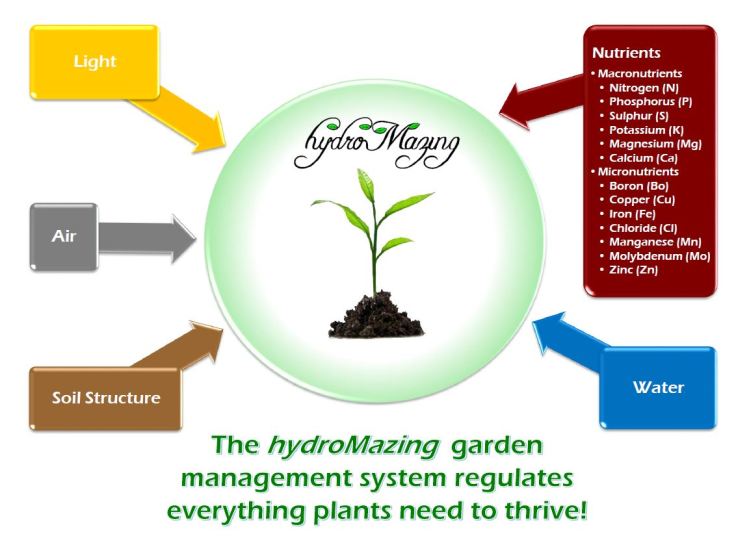
Quick review of growing in soil
When we think of home gardening, we typically assume the plants are growing in soil.
Soil makes sense. Plants in nature grow in soil, some maybe fortunate enough to receive a freshwater stream but most plants use their roots to seek out and locate water and nutrients. Seasonal sunlight provides the light intensity needed for photosynthesis. Temperature control is achieved by combining the sunlight with the wind to create a comfortable growing environment, while frequent rains bring the water needed by the plant for both nutrient uptake and respiration. The plant can rely on signals such as the change in daylight and weather to indicate that it is time to flower. Pollination occurs from the wind or bees and other insects that enjoy a sweet nectar as reward for their services. Pest control is handled by the natural order when a predator insect finds, catches, and eats the pests on the plant.
As with most in life, It need not be a binary decision. We don’t have to create a sterile environment for plants to thrive indoors. In fact, I prefer to grow with hydroponics indoors and include a compost tea that I make from soil!
Going Soilless
Growing plants indoors without soil is a lot easier than you may think.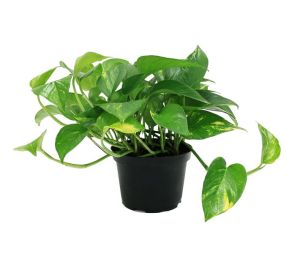
If you or a friend have a common houseplant, such as a Pothos or Philodendron, then you can try out hydroponics without anything more than a small jar and tap water. Using utility scissors, clip off a small 4-6 inch section of the Mother plant that has a few healthy leaves. Wash and rinse a jar, then fill with clean tap water to about half of the jar. Rinse the clipped portion with tap water and insert it into your jar. Ideally, you would feed the plant by supplying a small serving of nutrient solution, without it very little growth will occur. Place the jar on a dark shelf where the leaves can hang out into the light. Within a few weeks, you should see some root growth.
Why not just grow ever plant the same way as the Philodendron? The plant is hardy and can tolerate most indoor living conditions. The same plant would grow much faster if we provide it with a more stable comfortable environment and aerate the water with an aquarium air pump. Additionally, most plants are not as tolerant of the cloning process, removing a clipping and expecting it to grow roots, without an anti fungal to prevent root rot and a rooting hormone to encourage root growth. Also, that formula is not recommended for plants that produce food.
Plants that produce food require more.
What types of plants grow well indoors?
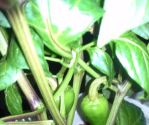
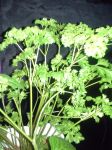
Leafy greens (lettuces, spinach) herbs: parsley, cilantro, oregano, thyme, chives, mint), strawberries, tomatoes, cannabis, exotics, etc. Squashes and the like require a great deal of space as they mature enough to produce fruit. Onions, carrots, turnips, radishes, and especially, potatoes, require a lot of root growth space.
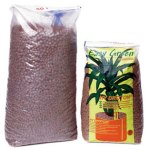 Container and growing mediums
Container and growing mediums
Clay Pots, grow bags, but mostly, plastic containers and PVC Tubing
Common soilless options: rockwool, expanded clay pellets, hydro stones, vermiculite, perlite, coco coir, peat moss, sponge
What do you need to setup a complete indoor garden
Equipment needed for lowest-cost method of growing indoors
- Tent or confined structure
- Fluorescent Light on an outlet timer.
- Intake Fan / Exhaust Fan
- Containers
- Water / Nutrient Solution
- Air-pump ( aquarium-style) and tubing
Recommended:
- Temperature / Humidity Meter
- EC Meter
- pH Meter
We need electricity and a way to get water to the grow site.
- Lights
- Ventilation
- Water quality, Oxygen, and Mineral Nutrients
Location
Consider whether you are going to be sharing your living space with the plants? If so, then you will need an indoor growing tent.
Important factors to consider include:
- How much space do you have?
- What do you want to grow and and how much of it?
- What is the cost of equipment and how much time do you have to spend maintaining the system?
If you are fortunate enough to have access to a greenhouse, terrarium, or sun porch then you can take advantage of our natural sunlight. If you’ve not grown in those environments or don’t have one, then you might want to convert an entire garage, basement, or other room? However, before you do that, I highly recommend you start with a small to medium-sized grow tent, which you can then setup inside of a garage, basement, or other room creating a smaller micro-environment. Even if you plan on scaling to a larger size, then you’ll be glad to have the tent environment so that you can use it primarily for starting seeds.
Plants grow well only within a limited temperature range. Temperatures that are too high or too low will result in abnormal development and reduced production.
- Warm-season vegetables and most flowers grow best between 60° and 75° or 80° F.
- Cool-season vegetables such as lettuce and spinach should be grown between 50° and 70°F.
Think about safety when setting-up your indoor garden.
It is a very good idea to use a GFCI adapter for your AC outlet if it does not already have one. Good quality extension cords can then be attached. I often use the top of the tent as a place for the electrical cords to meet and connect to an extension. It is important to keep electrical cords a few feet or more off of the floor / ground in the event an overflow or flooding occurs we do not want to create an opportunity for electricity and water to mix.
recommended equipment:
48” x 48” x 80” indoor grow tent
24” x 24” x 48” indoor grow tent
Setup a tent, or closet, or spare-room.
A search on Amazon will result in many options and many sizes. Whatever size of tent you think you have space for, imagine the tent taking up a little more than that and reconsider. Trust me, I’ve made this mistake more than once 😉
Suggestions:
- Indoor Tent: A search on Amazon will result in many options and many sizes.
- Emily’s Garden or the General Hydroponics Drip Ring Kit
- General Hydroponics Nutrient Solution Kit
- pH measurement pen
- EC/TDS measurement pen
- Measuring shot glass and cup
- pH Up and pH Down from General Hydroponics
- 4”-6” ventilation fan
- 6″ ventilation fan ducting
- 4” blower fan with filter
- Fluorescent Grow Light and/or LED Grow Light
- HPS Grow Light
- AC outlet mechanical timer
Next Up: Maintaining your Indoor Garden
Please share with friends and click follow to receive a notification when I publish a new article. As I receive feedback from you, I will update these sections, so don’t be afraid to comment or send me your questions directly.

















Leave a comment